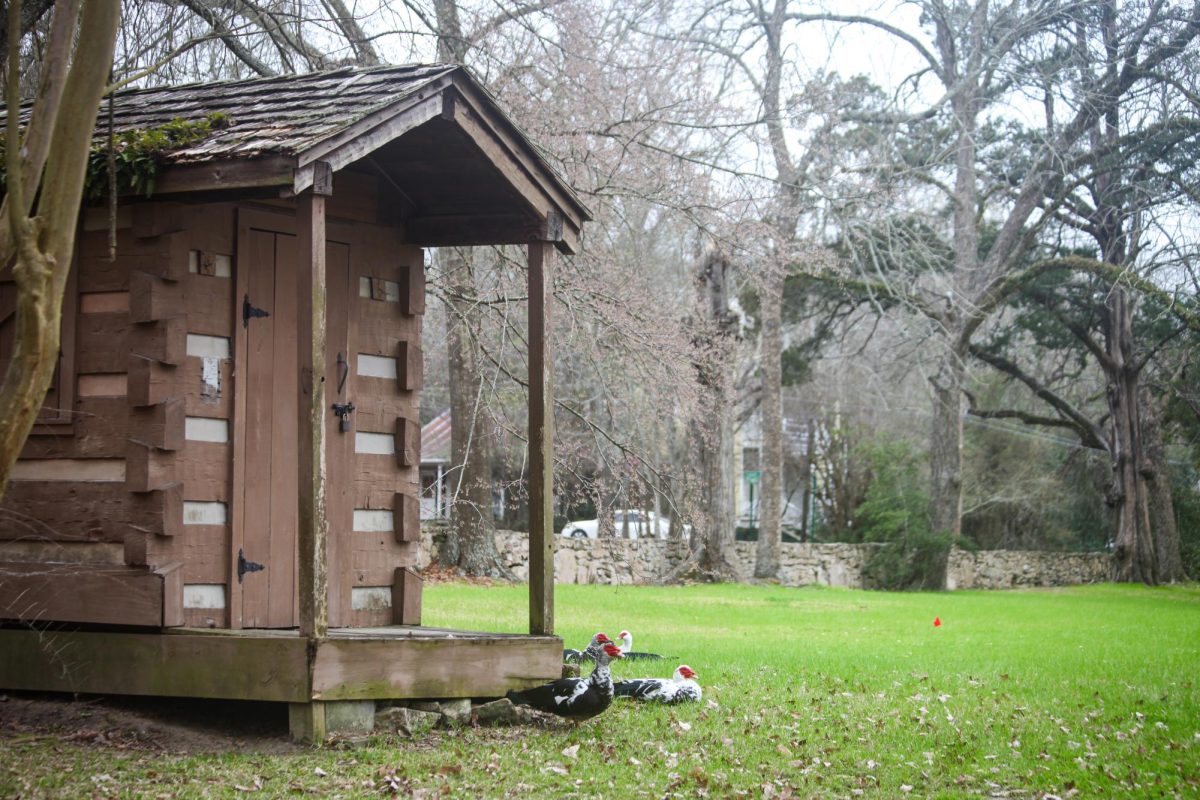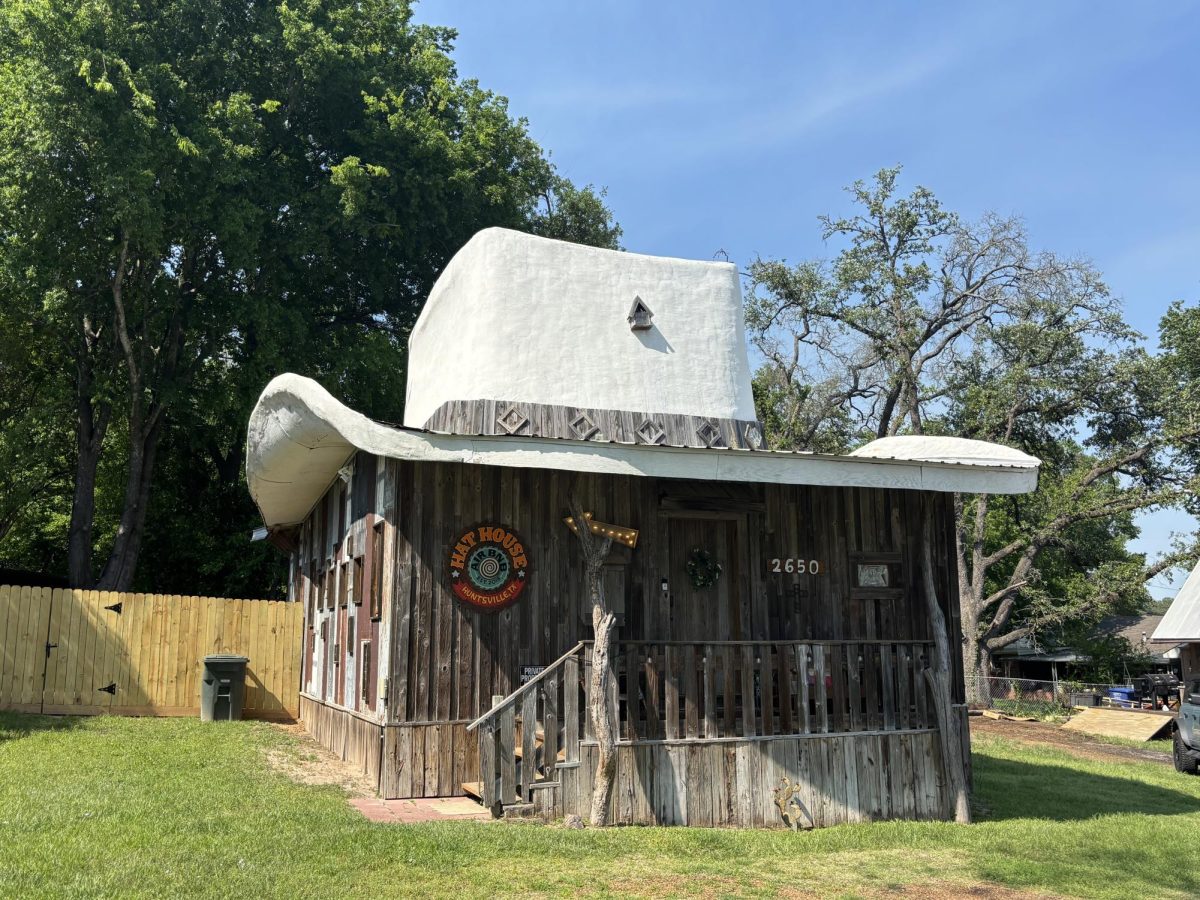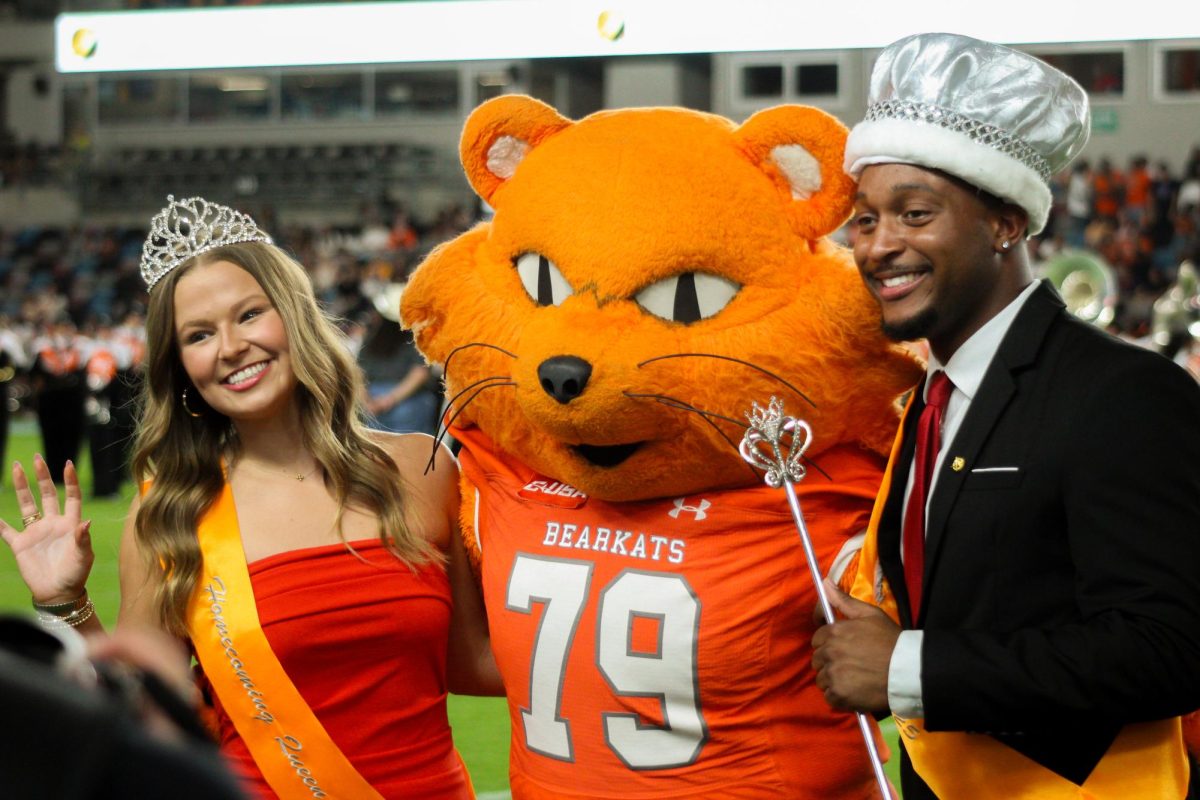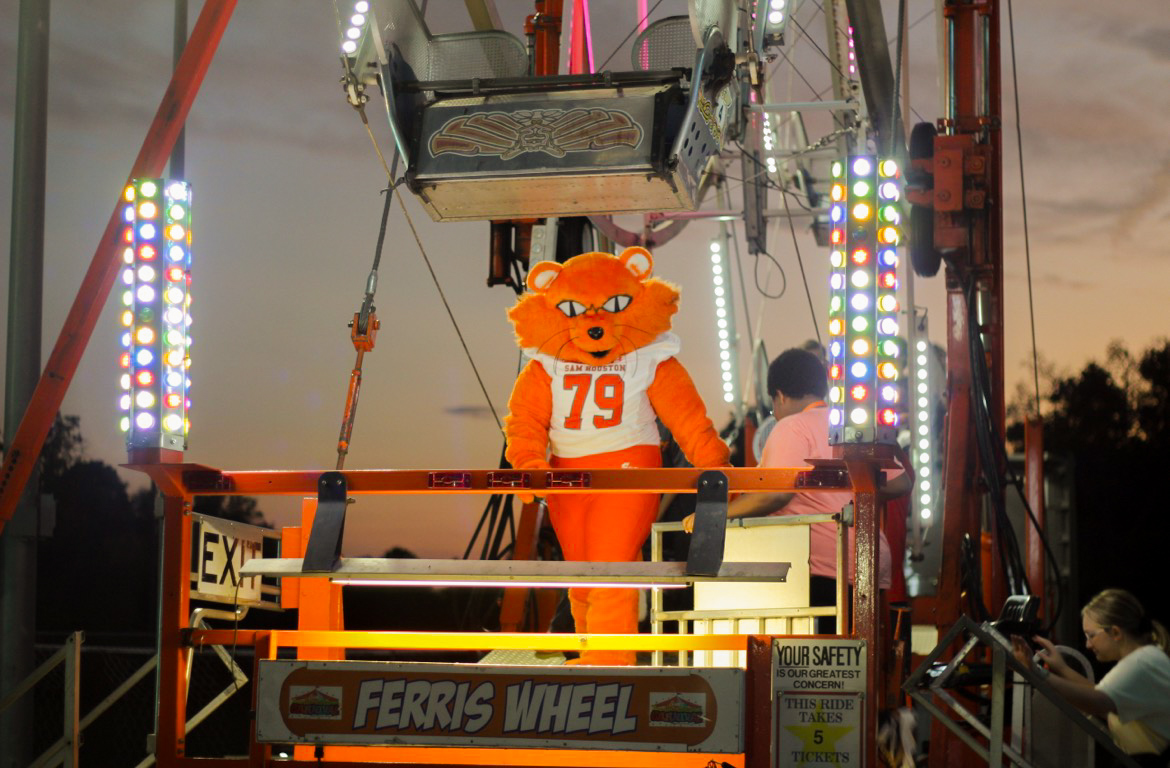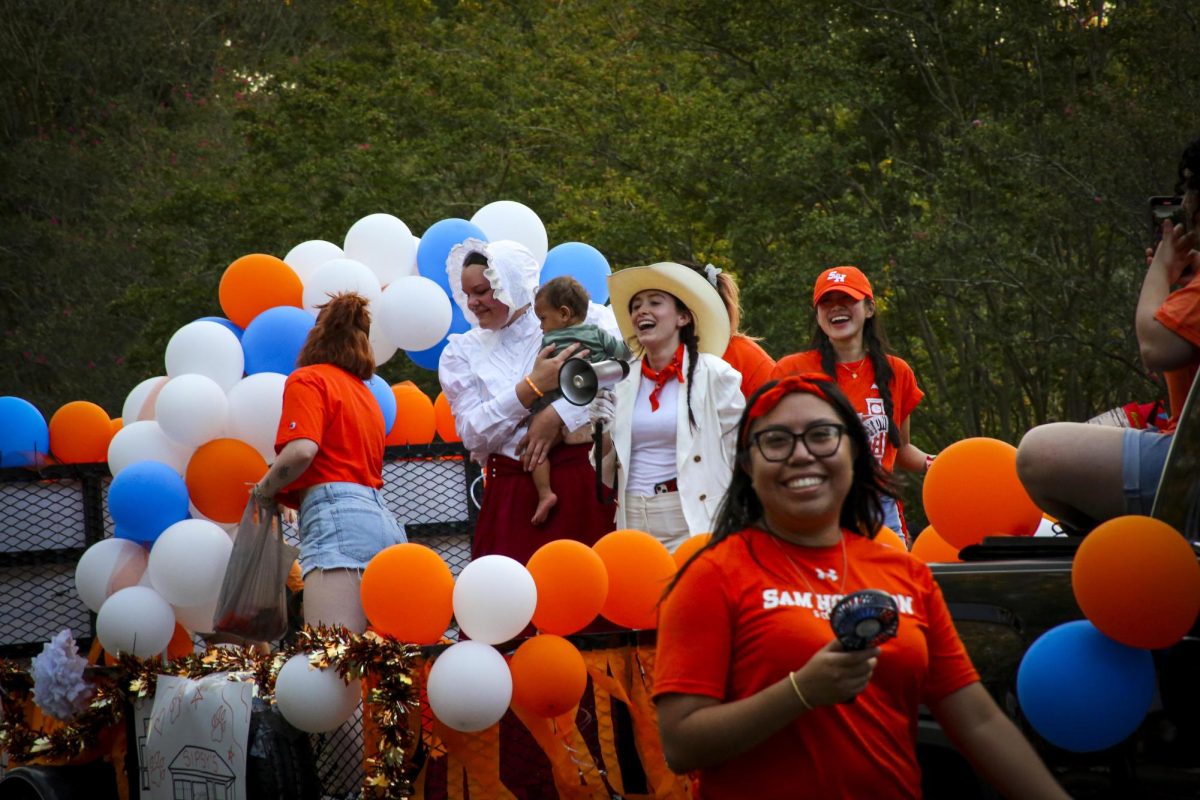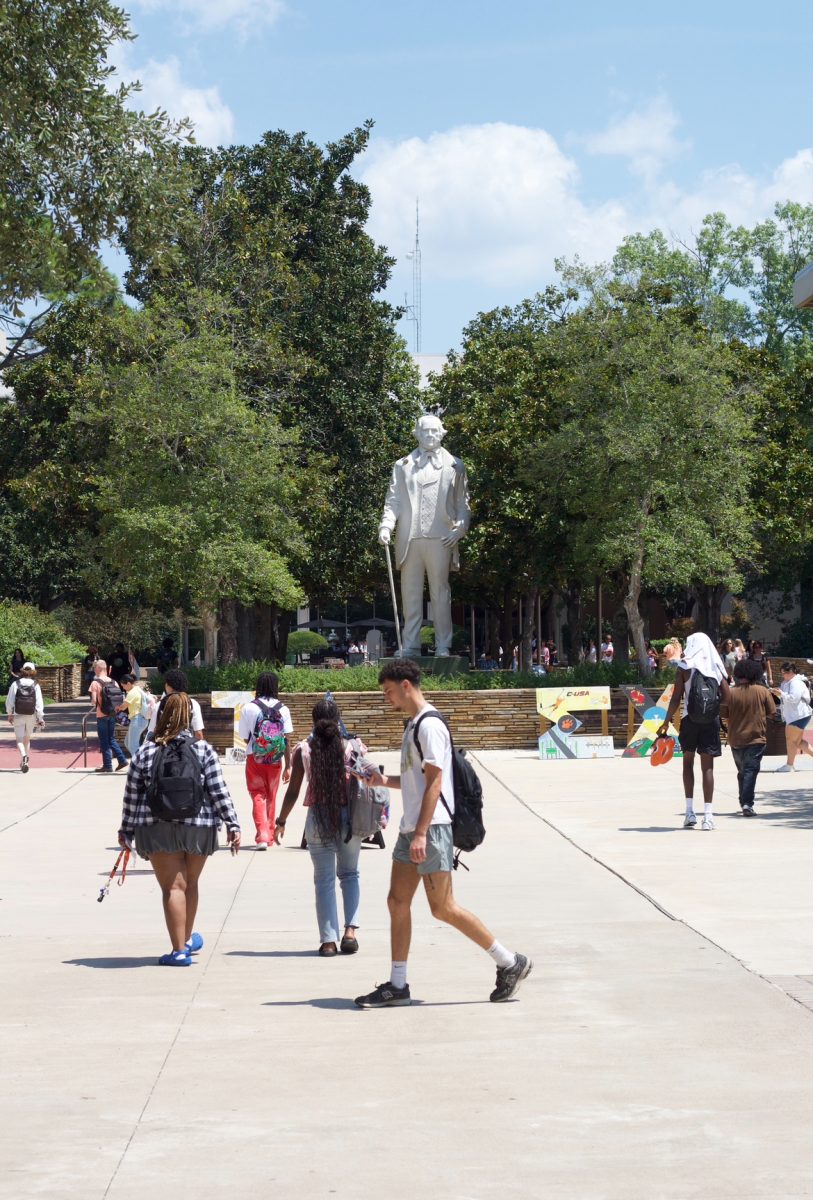With the month of October officially underway, along comes with it the cooler weather, Halloween spirit and the reemergence of rumored to be haunted locations around town. Huntsville is deeply rooted with alleged haunted and paranormal areas, but perhaps none more prevalent than the various historical cemeteries located throughout the city.
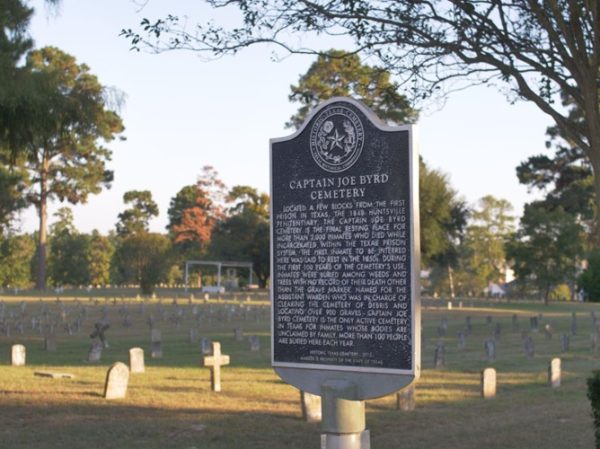
When you first enter Huntsville on Bowers Blvd, the sight of thousands of unmarked graves might catch your eye, that would be Captain Joe Byrd Cemetery, the largest prison cemetery in the state of Texas. The first prisoner was laid to rest in the 1850s, and for over 100 years the site was used as the final resting grounds for prisoners who passed away while incarcerated. Currently, it acts as the only active cemetery in Texas for unclaimed inmates. The current name of the cemetery comes from Joe Byrd, an assistant warden who both helped clean and restore the cemetery in the 1960s.

A predominantly African American neighborhood called The Flat, originally located in the southeast area of the original Sam Houston State University campus, once stood and housed many. During the expansion of the campus in the late 1960s and early 1970s, those who resided in The Flat were forced to sell their homes and relocate. The South End Cemetery remains the last remaining link to the original neighborhood, and stands tall as a testament to the generations of African American heritage in Huntsville.
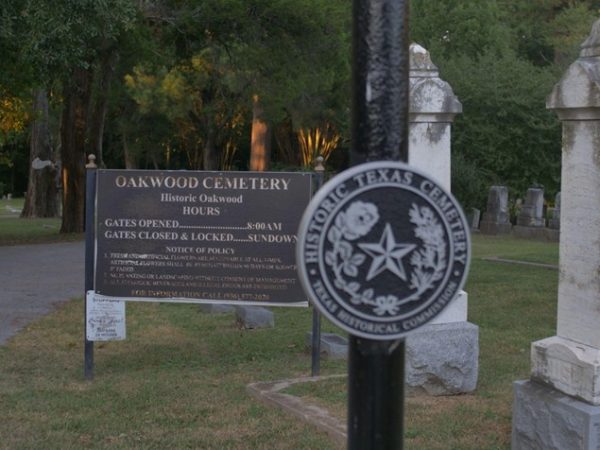
Located in central Huntsville along 9th Street between Sam Houston Memorial Drive stands Oakwood Cemetery, most known for being the final resting place of General Sam Houston, the Governor and President of the Republic of Texas. The cemetery is owned and maintained by the City of Huntsville, and is composed of six different sections.
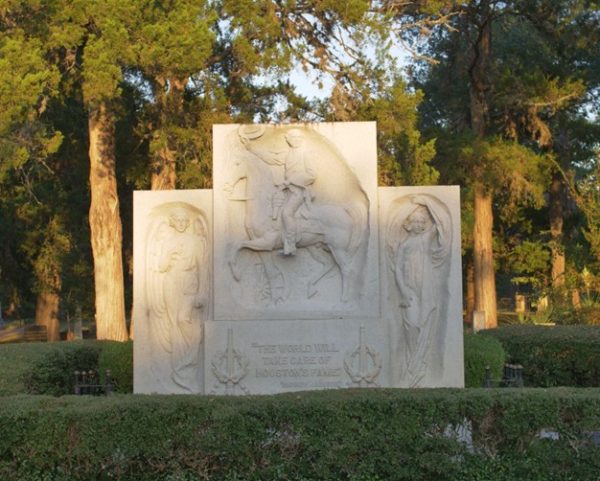
The six different sections include:
- Adickes Addition – Oakwood was expanded again in 1925 with the Adickes Addition on the east side of Martin Luther King Jr. Drive. The Steamboat House, where Sam Houston died, was originally located here before it was moved to its current location on the grounds of the Sam Houston Memorial Museum Complex.
- Mayes Addition – The Mayes Addition is located across 9th Street from Adickes Addition and is currently the only section with a significant number of open plots available for new burials.
- New Cemetery – In 1887 and 1910, Oakwood was expanded to the east of the older sections. This 5.4 acre area between the older sections and Martin Luther King Jr. Drive is known as the “New” Cemetery although it is not the newest part.
- Old Cemetery with “Negro Cemetery” – This 3.3 acre cemetery, which was deeded to the City of Huntsville in 1847, predates the founding of Huntsville.
- Wildwood Sanctuary – The Wildwood Sanctuary is attached to the north side of the New Cemetery and comprises the 1.8 acre Rawley Rather Powell Memorial Park Addition donated in 1925 and another 2 acre tract recently donated by the Powell Family.
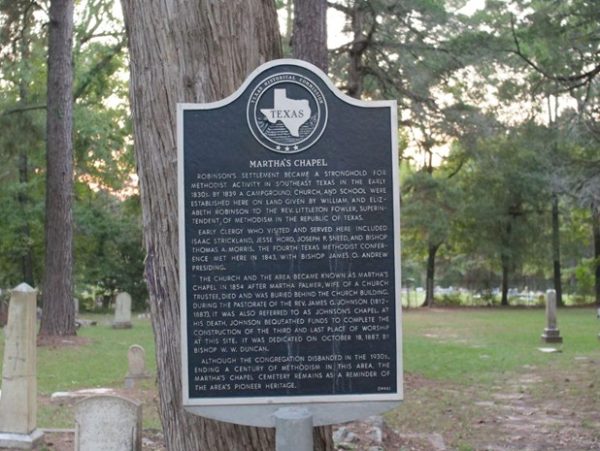
Last but not least is perhaps the most well-known cemetery on the guide, a place that has been said to be one of the most haunted in all of Texas. Martha’s Chapel Cemetery, located right off of Bowden Road, is more infamously known as “Demon’s Road.” Both Bowden Road and Martha’s Chapel Cemetery are infamous for being home to alleged occult rituals, paranormal sightings and strange sounds from unknown entities. Some of the most well-known urban legends include sightings of a boy on a tricycle, red lights appearing in the woods and hands coming up from graves to grab you.
Originally a Methodist settlement in the early-to-mid 1800s, the name is derived from Martha Palmer who was the wife of a church trustee. The Congregation disbanded in the 1930s, so the cemetery stands as a reminder of the area’s pioneer heritage.






